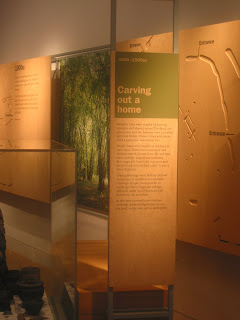The Assassination of Jesse James by the Coward Robert Ford narrative
Elegiac western, beautifully shot and acted. The film is narrated from the viewpoint of the author of the novel on which the book is based. The title makes it clear what is going to happen, giving the film a sense that it is one long flashback. However, the film tells the story chronologically, - the starting point is towards the end of Jesse James life. The James Gang are forced to recruit less reliable members and after a brutal train robbery Frank James gives up. This leaves Jesse (Pitt) under stress and relying on, a new generation of criminal such as the hero-worshipping Robert Ford (Casey Affleck). The focus of the story is on how the relationship between Ford and James changes from worshipper to murderer. The Assassination of Jesse James by the Coward Robert Ford Movie Reviews, Pictures - Rotten Tomatoes

